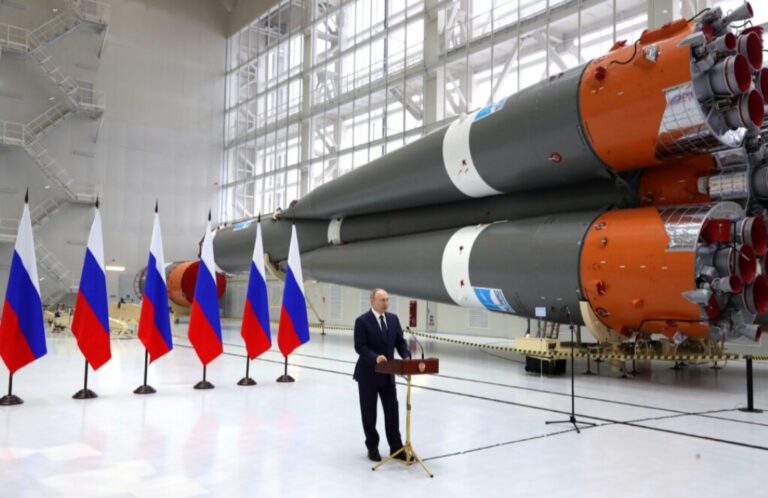Donald Trump has always maintained that he would never be the one to start a war. “I have nothing to do with wars. American troops should not get involved in external conflicts,” he has often claimed. Yet, in a surprising U-turn, he has ordered bombings in southern Yemen, home to the Houthis.
On March 18, 2025, President Donald Trump, authorized a series of airstrikes targeting Houthi-controlled regions in Yemen. These strikes resulted in significant casualties, including the deaths of several Houthi leaders and fighters.
The U.S. Defense Department said the strikes hit more than 30 sites and involved fighter jets launched from a carrier in the Red Sea. The Houthis, an Iran-aligned rebel group, have vowed retaliation, “We will hit you back.” Trump has also accused Tehran of providing unprecedented support to the Houthis. But why is this location so important, and what is actually happening here?
The Strategic Importance of Bab el-Mandeb
This area is called the Bab el-Mandeb Strait, located near the Gulf of Aden. Close by is Djibouti, where major global powers – including China, Japan, Italy, France, the UK, and Saudi Arabia – have established military bases. This makes the region one of the most heavily militarized zones in the world.
The Bab el-Mandeb Strait is also a critical maritime chokepoint connecting the Red Sea to the Gulf of Aden and the Arabian Sea. It serves as a vital conduit for global trade, with a substantial portion of the world’s oil and natural gas shipments passing through its narrow passage. In 2018, an estimated 6.2 million barrels per day of petroleum products transited this strait, underscoring its importance to global energy markets.

Why Has Donald Trump Suddenly Woken Up to This Area? What Is His Agenda?
Since returning to power, Trump has been aggressively pushing his “Make America Great Again” (MAGA) agenda, not just within the U.S. but globally. A key part of this strategy is directing countries to buy American oil, India included. However, there is a logistical issue – the U.S. is geographically far from major energy-consuming nations like India and China.
India and China, are two of the world’s top five economies with massive energy needs. Their primary oil suppliers include Qatar, Bahrain, Iraq, Saudi Arabia, and Oman and the bulk of their energy supply comes through the Bab el-Mandeb Strait.
The Trump Game -Disrupting the Middle East to Control Global Oil Markets
One cannot help but wonder, by bombing Houthis in southern Yemen, Trump may be setting the stage for a calculated chain reaction. The Houthis will not attack America; it’s too far away. Instead, they are more likely to target Israel or U.S. military bases in the Gulf of Aden. This is not speculation; a missile was already launched toward Israel but ended up hitting Egypt. Israel is now investigating whether it was a misfire or an intended attack.
So, is this Trump’s master plan? By destabilizing the Middle East, the U.S. can maintain leverage over global oil markets. A few bombs in this highly weaponized region can set it ablaze, triggering multiple consequences –
Escalation of Regional Conflict: The Houthis have threatened retaliation, which could destabilize the already volatile Middle East region. Potential targets for such retaliation could include U.S. allies like Israel or strategic military installations in the Gulf of Aden. Indeed, there have been concerns about possible Houthi attacks on vessels such as the British aircraft carrier HMS Prince of Wales as it transits the Red Sea.
Impact on Global Oil Markets: Disruptions in the Bab el-Mandeb Strait could have significant repercussions on global oil supplies. Any threat to the security of this passage could lead to increased shipping and insurance costs, thereby driving up oil prices. Such instability could compel nations heavily reliant on Middle Eastern oil, like India and China, to seek alternative sources, potentially benefiting U.S. oil exports.
Geopolitical Maneuvering: By engaging militarily in Yemen, the U.S. may be signaling its intent to counter Iranian influence in the region, given Iran’s support for the Houthis. This move could be interpreted as part of a broader strategy to assert control over critical energy corridors and reassert U.S. dominance in global oil markets.
North Korea Slams U.S. Strikes on Yemen, Calls It a Violation of Sovereignty
Meanwhile, North Korea has strongly condemned the recent U.S. strikes on Yemen, calling them an outright violation of international law and the country’s sovereignty. According to state media KCNA, Pyongyang’s ambassador to Yemen, Ma Dong Hui, said Washington’s actions were unjustifiable.
Ma, who is also North Korea’s envoy to Egypt, accused the U.S. of “indiscriminately” attacking civilians and infrastructure, using its air and naval forces, including an aircraft carrier.
“This military attack is a blatant violation of the U.N. Charter and international law, as well as an infringement on another nation’s territorial sovereignty that cannot be justified in any way,” Ma stated. “I strongly condemn and reject the reckless military actions of the United States, which is fixated on advancing its geopolitical ambitions.”
Will U.S. Strikes on the Houthis Deter Iran or Fuel More Conflict?
The latest U.S. attacks on the Houthis in Yemen were the most intense since joint U.S.-U.K. air operations began in January 2024, and the first under President Donald Trump’s new administration. Sending a direct warning to Tehran, Trump declared that “every shot fired by the Houthis will be viewed as a shot fired from Iran.”
This stance is unsurprising. Since the October 7, 2023, attacks, the Houthis have gained prominence within Iran’s Axis of Resistance, carrying out hundreds of strikes on Red Sea shipping and launching drones and missiles at Israel.
Meanwhile, other Axis members, Hamas and Hezbollah, have suffered major setbacks. Israel has successfully targeted their leadership, and the collapse of the Assad regime in Syria in December dealt another blow to Tehran. Even Iran itself has been hit hard, its missile and drone attacks on Israel last year were largely ineffective, while Israeli retaliatory strikes destroyed key military assets.
In contrast, the Houthis have emerged stronger. Yemen’s fractured government has allowed them to consolidate power, and their attacks in the Red Sea have given them global relevance. Their operations, framed as support for Palestinians, have embarrassed Arab governments that are wary of direct involvement.
However, treating the Houthis as mere Iranian proxies oversimplifies the reality. While they have ties to Tehran, their actions are also shaped by their own political and military goals. Overestimating Iran’s control over the Houthis could lead to flawed policy decisions and unintended consequences.
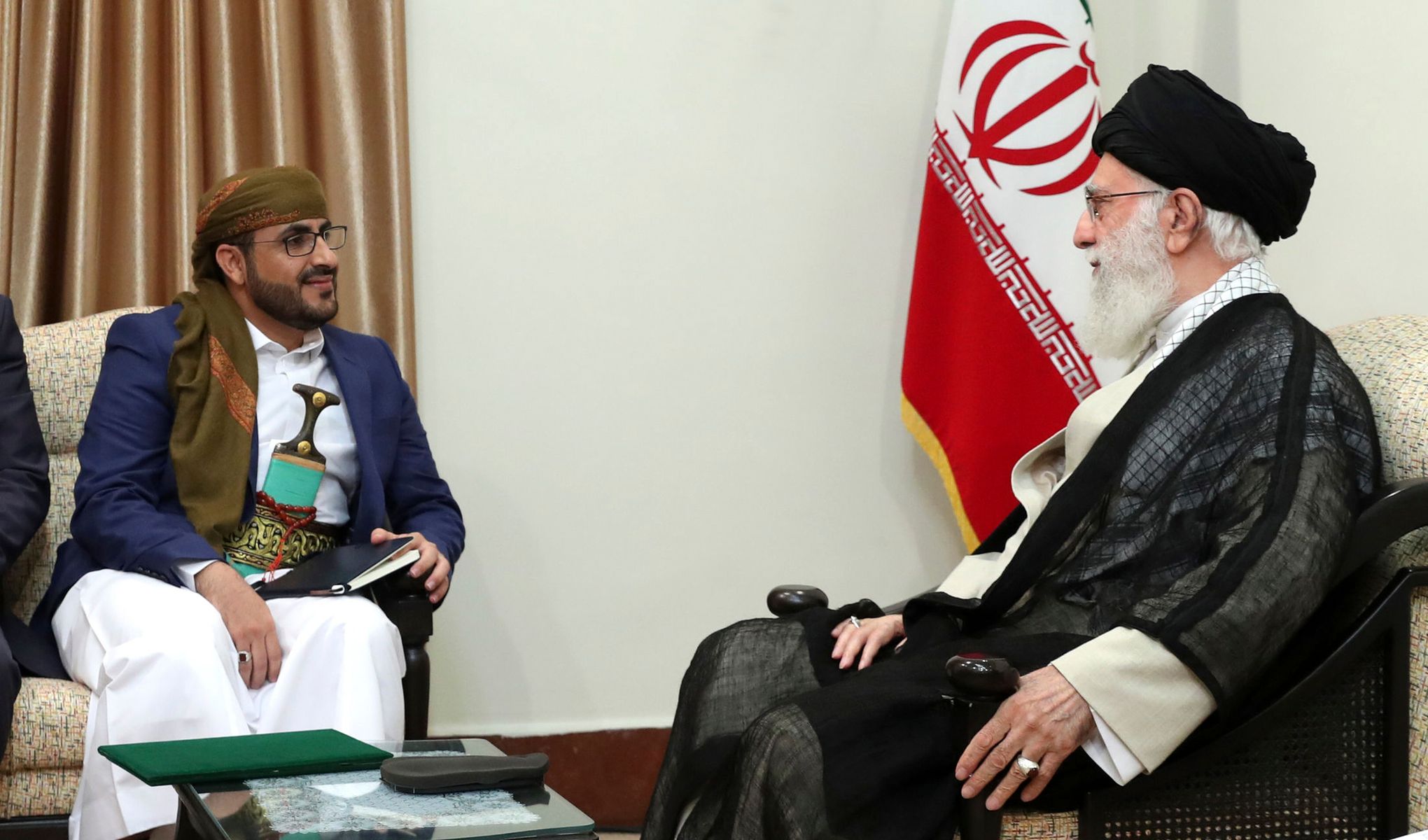
Iran’s Role in Houthi Strength
While the fact is that without Iran’s backing, the Houthis wouldn’t be as powerful as they are today; their relationship with Tehran really took off after the Arab Spring, as part of Iran’s strategy to push back against Saudi Arabia. Even after the Saudi-backed truce in April 2022, Iran hasn’t slowed down its support. If anything, weapons, fuel, and tech smuggling to the Houthis has only ramped up, while the group keeps strengthening its homegrown military capabilities.
For Iran, this is a win-win situation. Having a strong ally right on Saudi Arabia’s doorstep gives Tehran a strategic advantage. Iran’s long game is to make sure Houthi power becomes more entrenched and institutionalized, all while keeping a low profile and maintaining just enough distance to claim plausible deniability.
In practice, this means Iran wants the Houthis to play a bigger role in the region. That’s why it’s been helping them expand their influence in places like Iraq and the Horn of Africa.
Not Always on the Same Page
That said, the Houthis and Iran don’t always see eye to eye. The Houthis tend to take way bigger risks than Tehran. After October 7, Iran was hesitant about the Houthis attacking Red Sea shipping, worried it could escalate tensions, but the Houthis went ahead anyway. Their confidence comes from years of surviving Saudi and Emirati airstrikes, along with their aggressive ideology. Iran, on the other hand, usually prefers calculated provocations over outright confrontation, especially with the U.S. and Israel.
This difference in approach makes Tehran a bit uneasy about the Houthis’ bold moves in the Red Sea. There’s a real fear that the group could drag Iran into another round of violence. And if the fragile Yemen truce collapses, Houthi attacks on Saudi Arabia and the UAE would likely resume, putting the region on edge and potentially undoing the recent thaw in Iran-Saudi relations.
Trump 2.0 and the New Tensions
Enter Trump, his administration’s decision to slap the Foreign Terrorist Organization, FTO label on the Houthis in early 2025 has already triggered a reaction. The Houthis have warned they’ll strike back against anyone enforcing the designation.
If this leads to a fuel blockade at Hudaydah port (one of their main revenue sources), expect them to abandon their de facto truce with Saudi Arabia. It would also push them further into informal financial networks, think money exchanges, Hawala systems, and even crypto investments.
Worst case is that an open conflict between the Houthis and Saudi Arabia reignites. Both sides are trying to avoid this, but if the U.S. starts using Saudi airspace to bomb Yemen, things could spiral quickly.
Will U.S. Strikes Work? Probably Not.
The expanded U.S. air and naval attacks aren’t likely to weaken the Houthis much. They’ve been playing this game for years and know how to disappear into Yemen’s rugged terrain when needed. Their military infrastructure is already spread across the country, including in crowded urban areas.
Instead of deterring them, these strikes will probably push them to ramp up attacks on Western shipping and resume drone and missile launches at Israel. And don’t expect Iran to hit back directly, it’s not their style. If the strikes were meant to pressure Tehran into negotiations, that plan’s likely to backfire. Instead, Iran will probably double down on its support for the Houthis, since they’re the only Axis member still standing strong.
A Smarter U.S. Strategy?
If the Trump administration really wants to weaken the Houthis, it should focus on long-term peace efforts in Yemen. Strengthening the internationally recognized Presidential Leadership Council – both politically and militarily -would be a step in the right direction. Without a strong anti-Houthi coalition, U.S. policies might just make Yemen’s fragmentation even worse.
Washington also needs to step up efforts to stop weapons and fuel smuggling from Iran and Iraq, especially via the sea, and cut off the Houthis’ financial interests outside Yemen.
Most importantly, the U.S. shouldn’t act alone in Yemen, it needs to coordinate with Gulf allies like Saudi Arabia and the UAE. These countries have already learned the hard way what doesn’t work when dealing with the Houthis. A more collaborative approach could prevent yet another endless cycle of conflict.
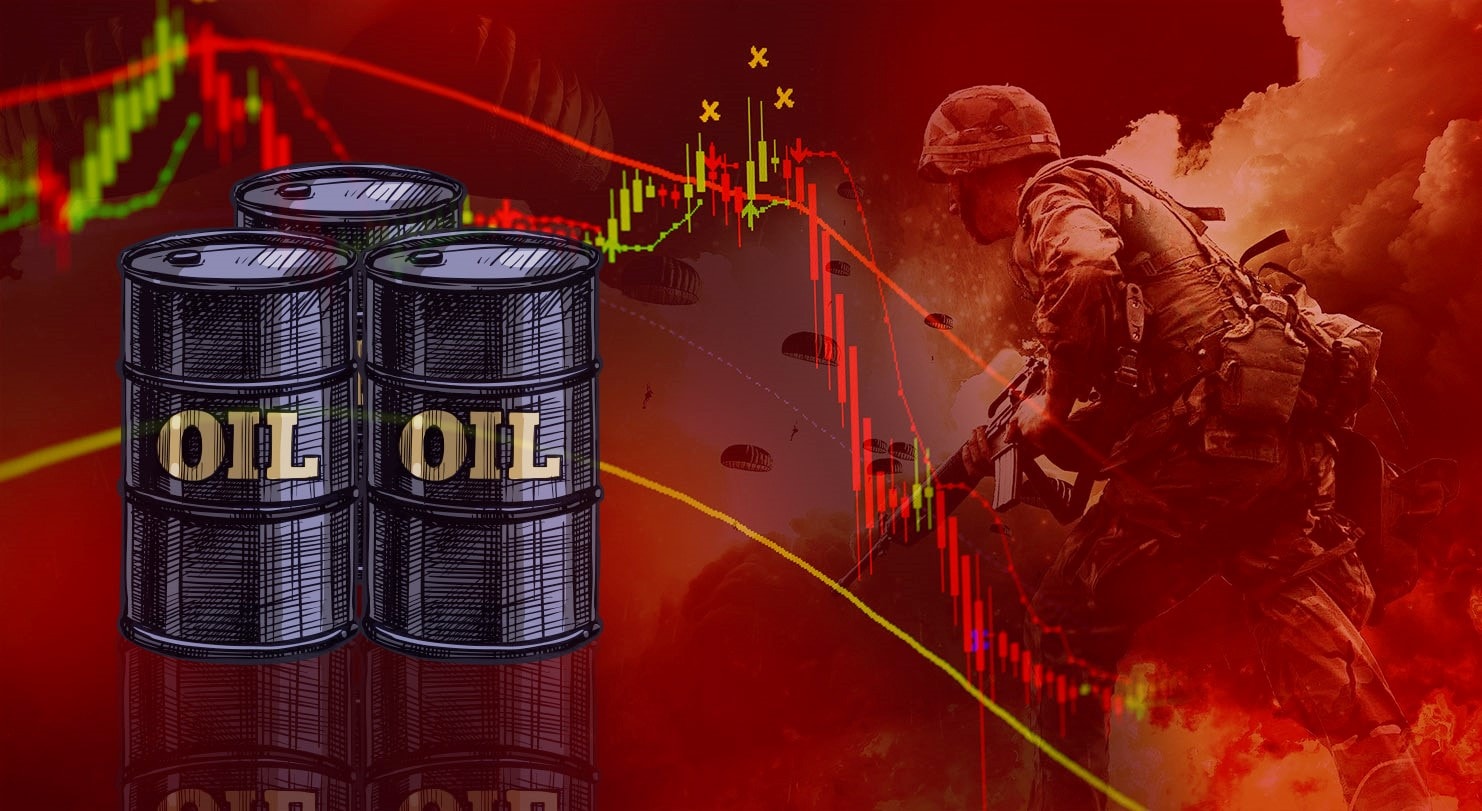
The Last Bit. Under The Covers….Is This the Beginning of Trump’s Oil War?
Trump’s actions in Yemen appear to be more than just counterterrorism; they might be a move to manipulate global oil markets in favor of the U.S. By creating turmoil in an already fragile region, he could drive up costs, making American energy exports more attractive while keeping geopolitical rivals on edge.
If this is indeed the strategy, the world should brace for further instability, skyrocketing energy prices, and a Middle East on the brink of another prolonged crisis – not favoring anyone!

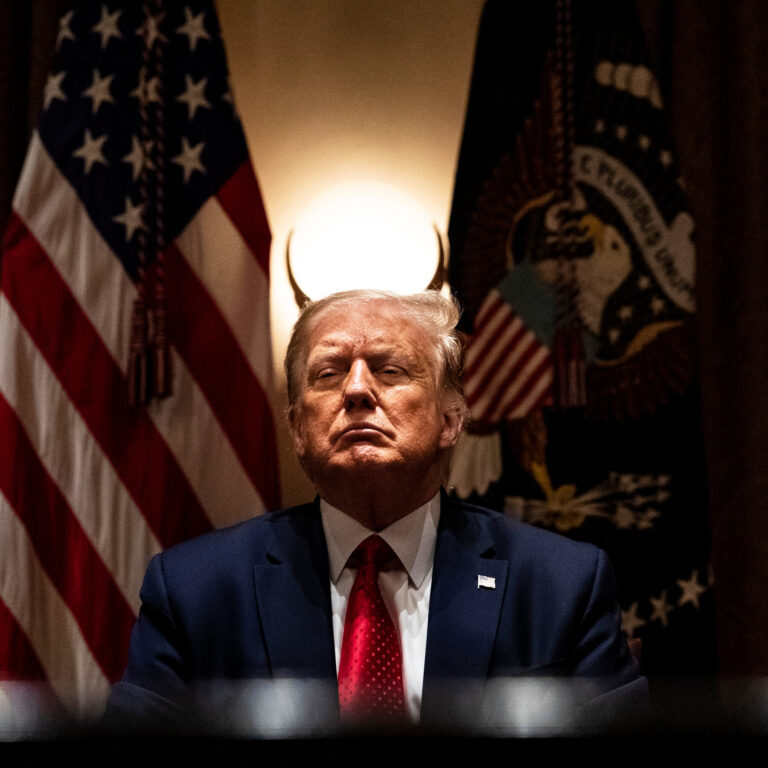




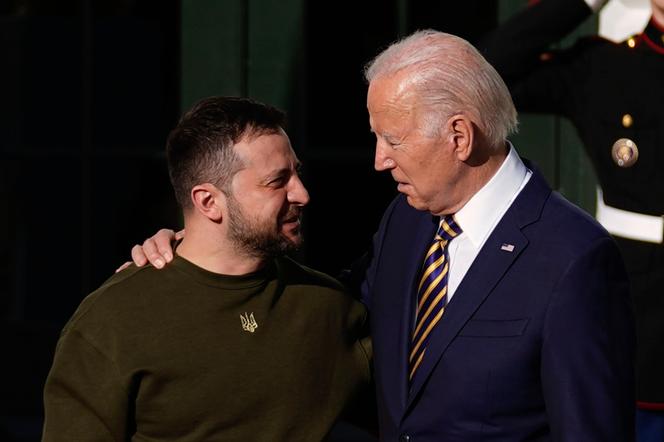

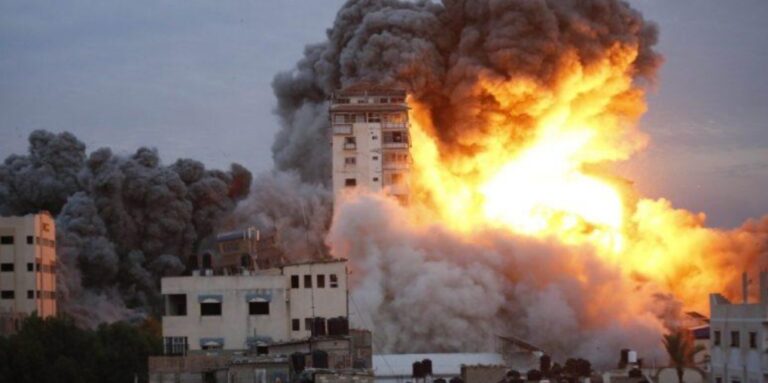

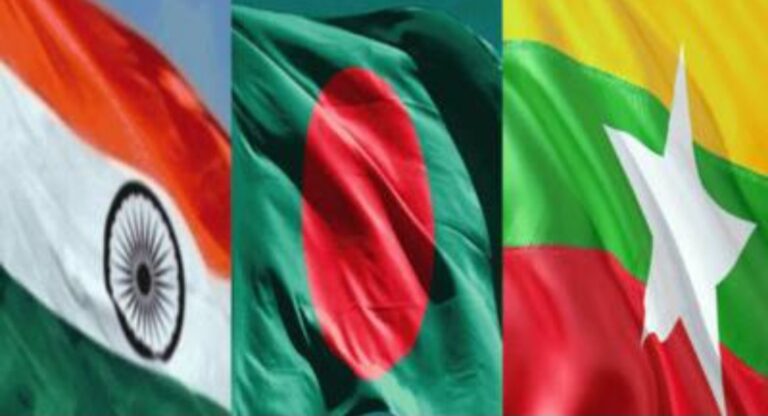
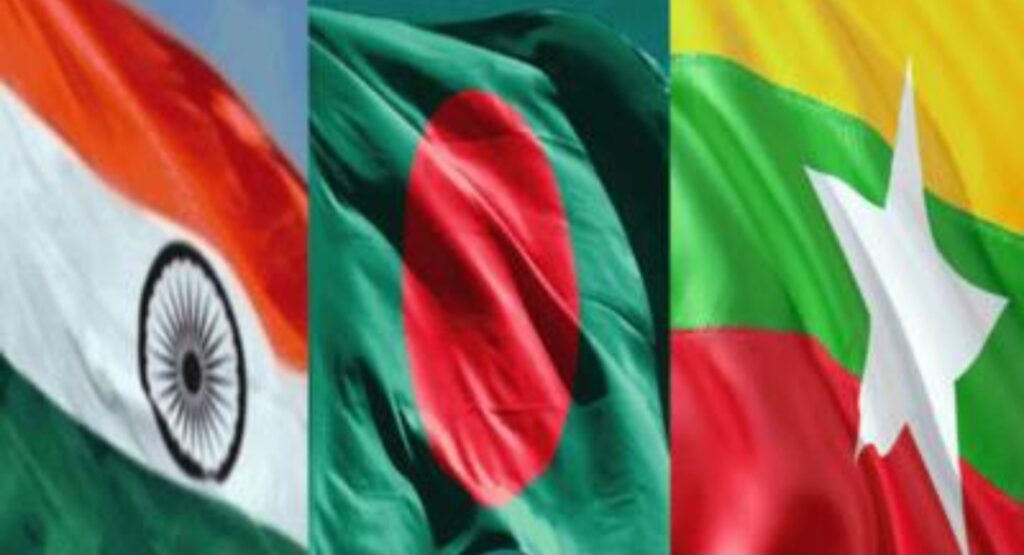


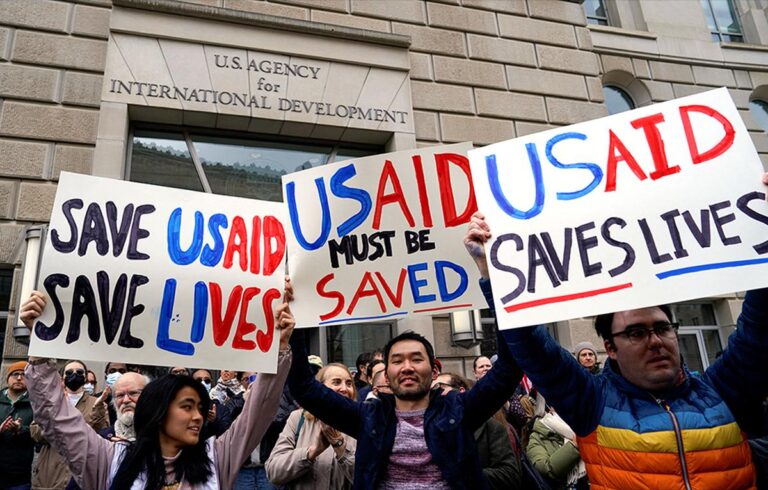




)

